Mathematics for Construction: Tasks 2 and 3 - Detailed Solutions
VerifiedAdded on 2023/01/18
|27
|3501
|40
Homework Assignment
AI Summary
This document presents solutions for a mathematics assignment focused on construction applications. It begins with an analysis of revenue data, organizing it into grouped frequency distributions and constructing histograms to determine the mode for both January and July. Cumulative frequency curves (Ogive curves) are then created, and the median is calculated for both months. Central tendencies, including mean, range, and standard deviation, are also calculated. The assignment then moves on to hypothesis testing, using the normal distribution to analyze bulb life and a simple random sample to test population mean age. Finally, the solution explores wave equations, analyzing the displacement, amplitude, phase, periodic time, and frequency of two machines, and calculating the time taken for specific displacements using trigonometric functions and compound angle formulas. The document provides a comprehensive breakdown of each task, offering detailed calculations and explanations.
1 out of 27


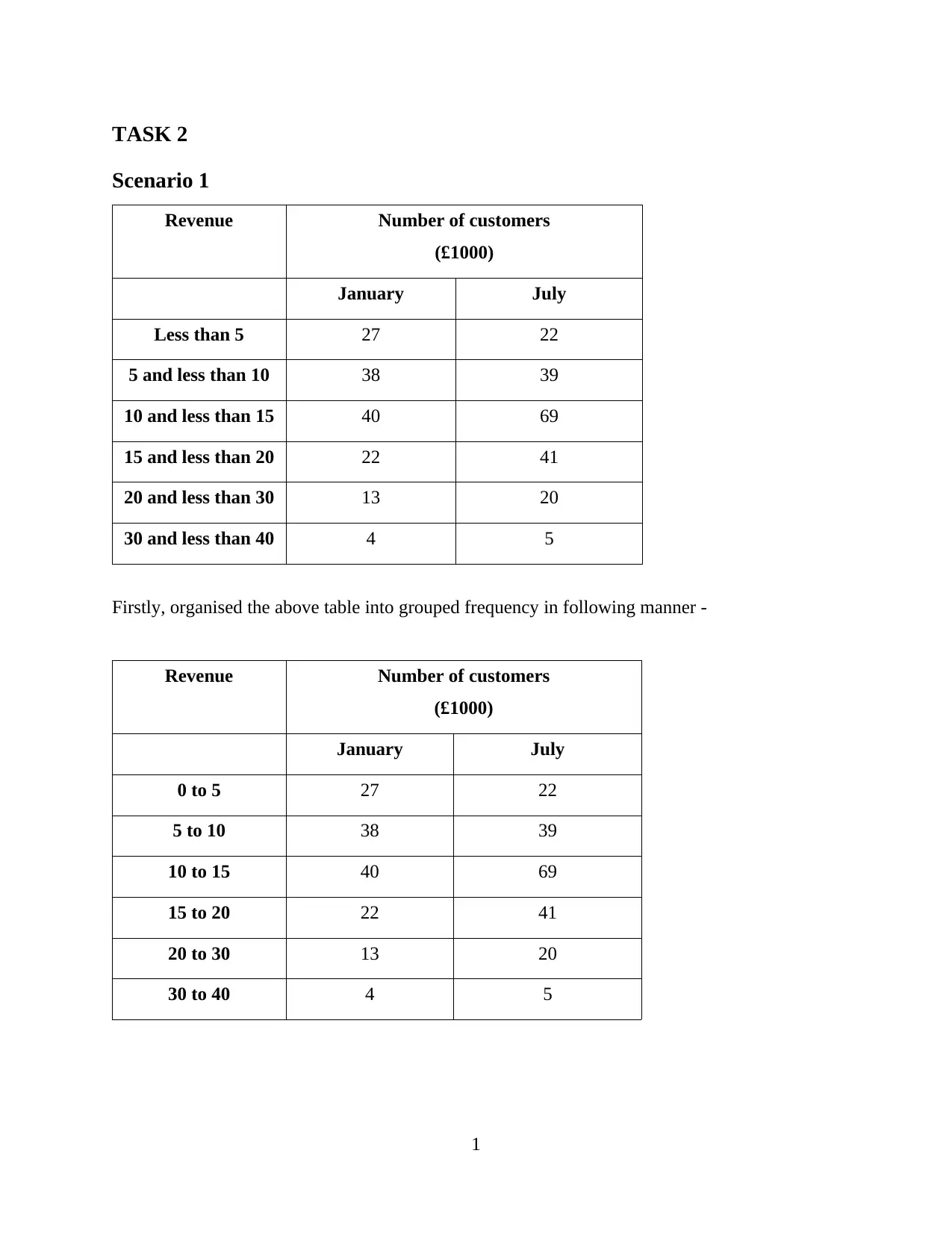

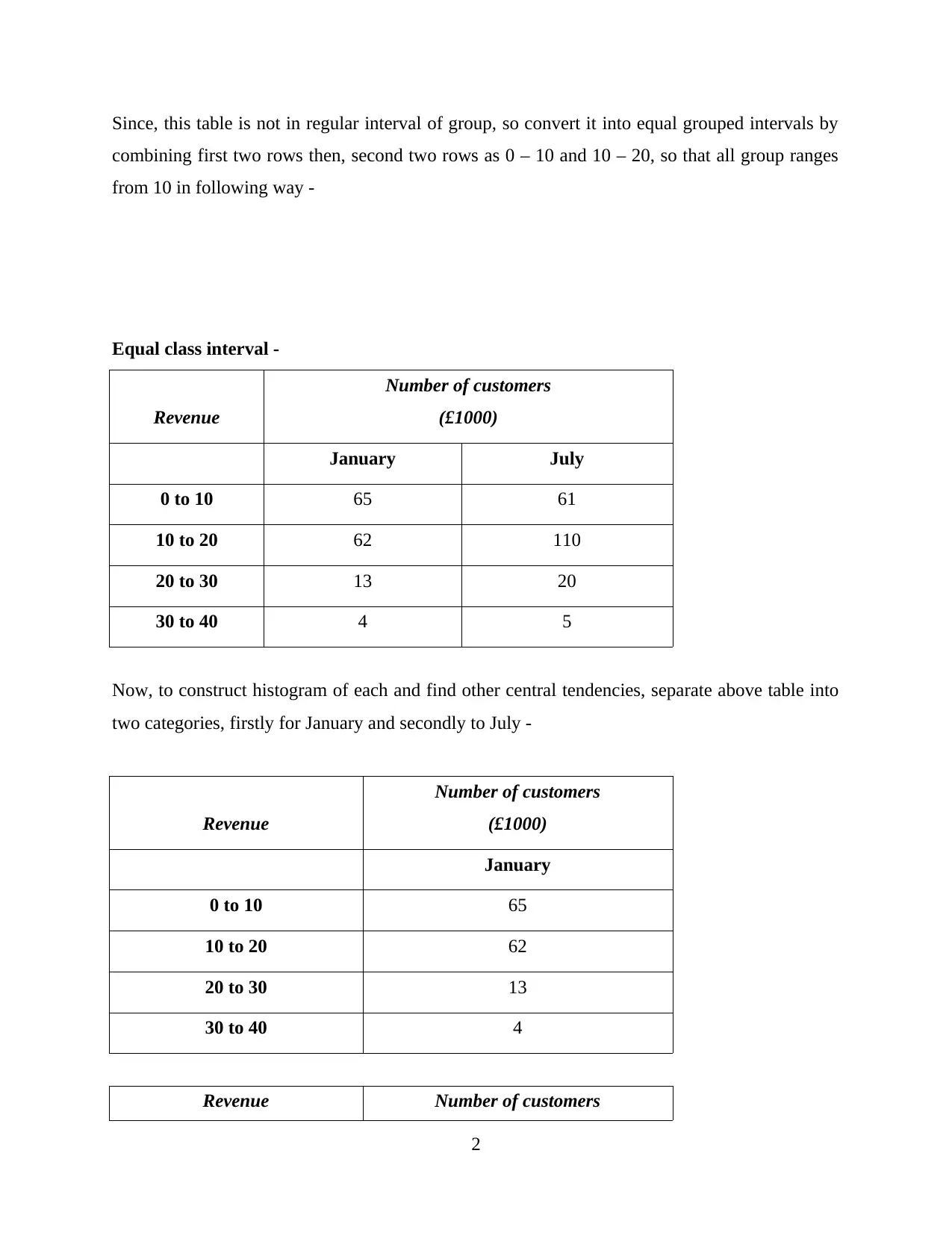
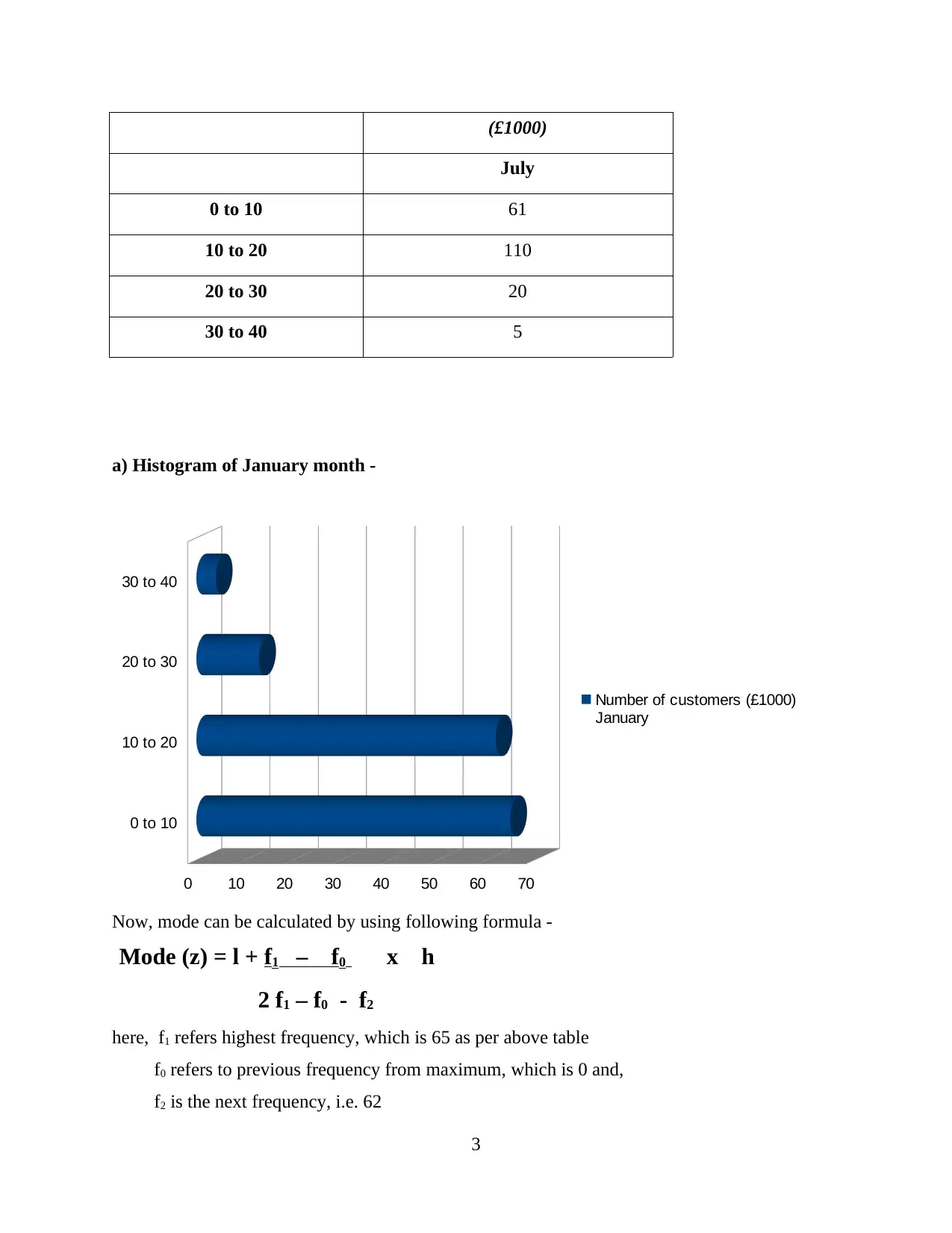
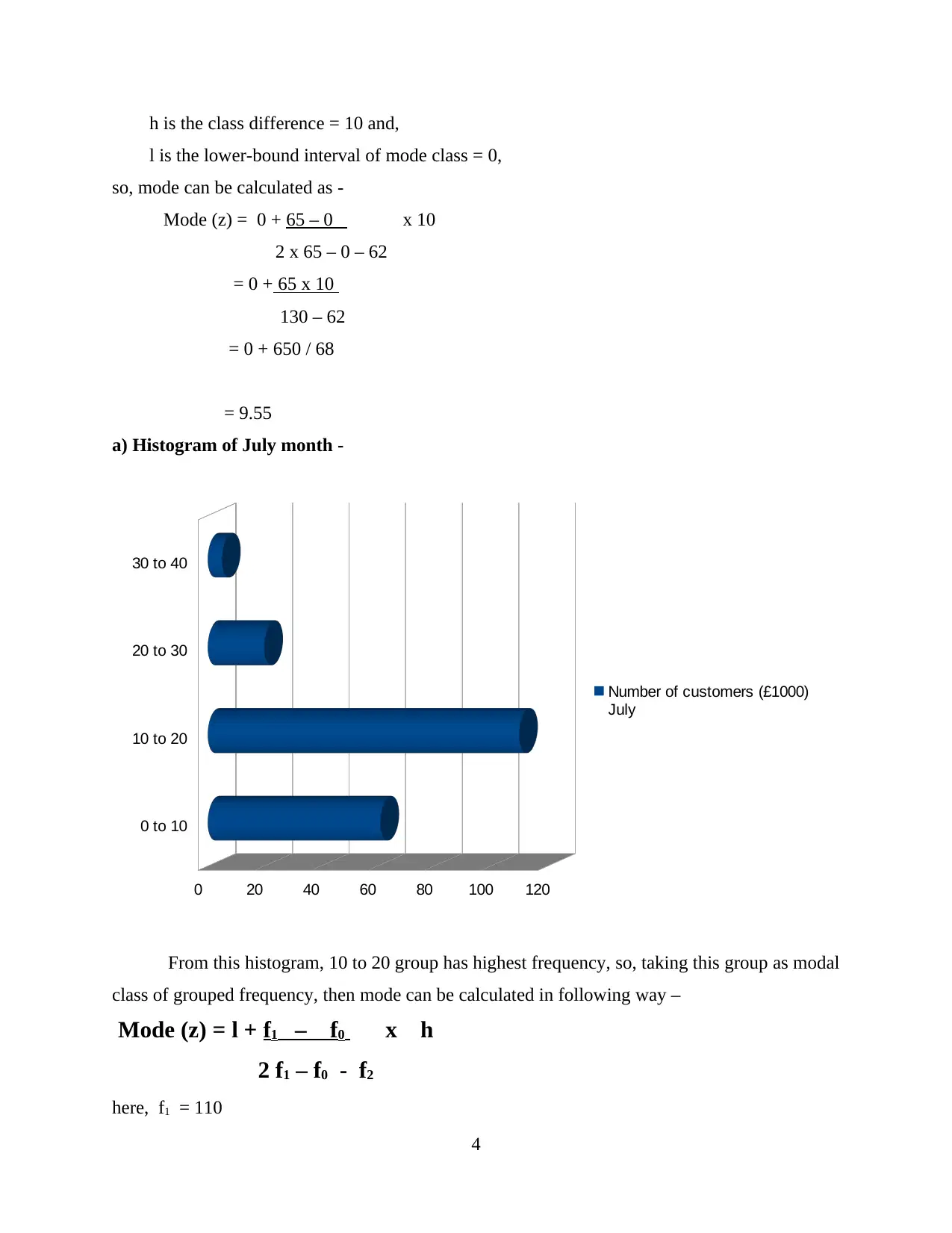
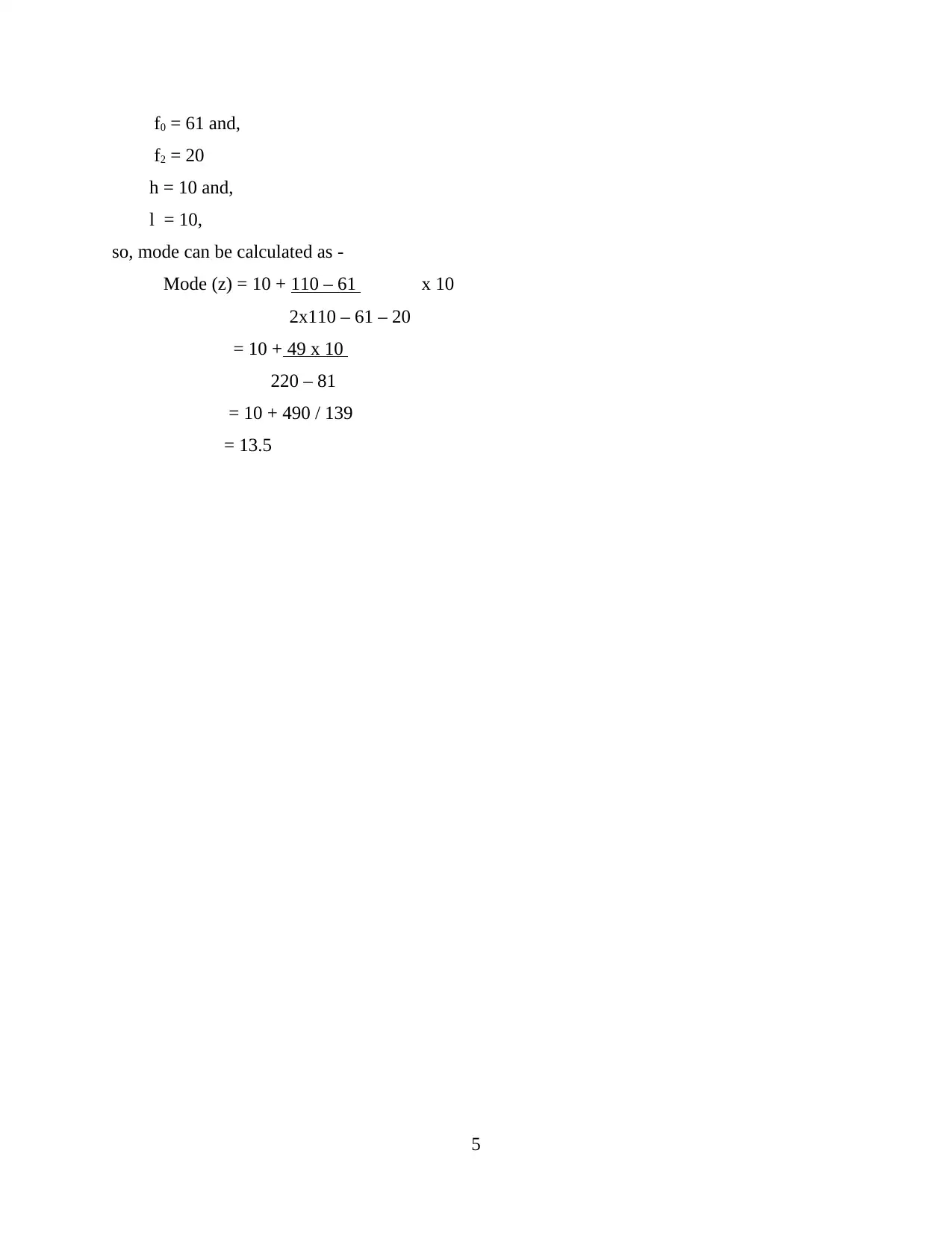
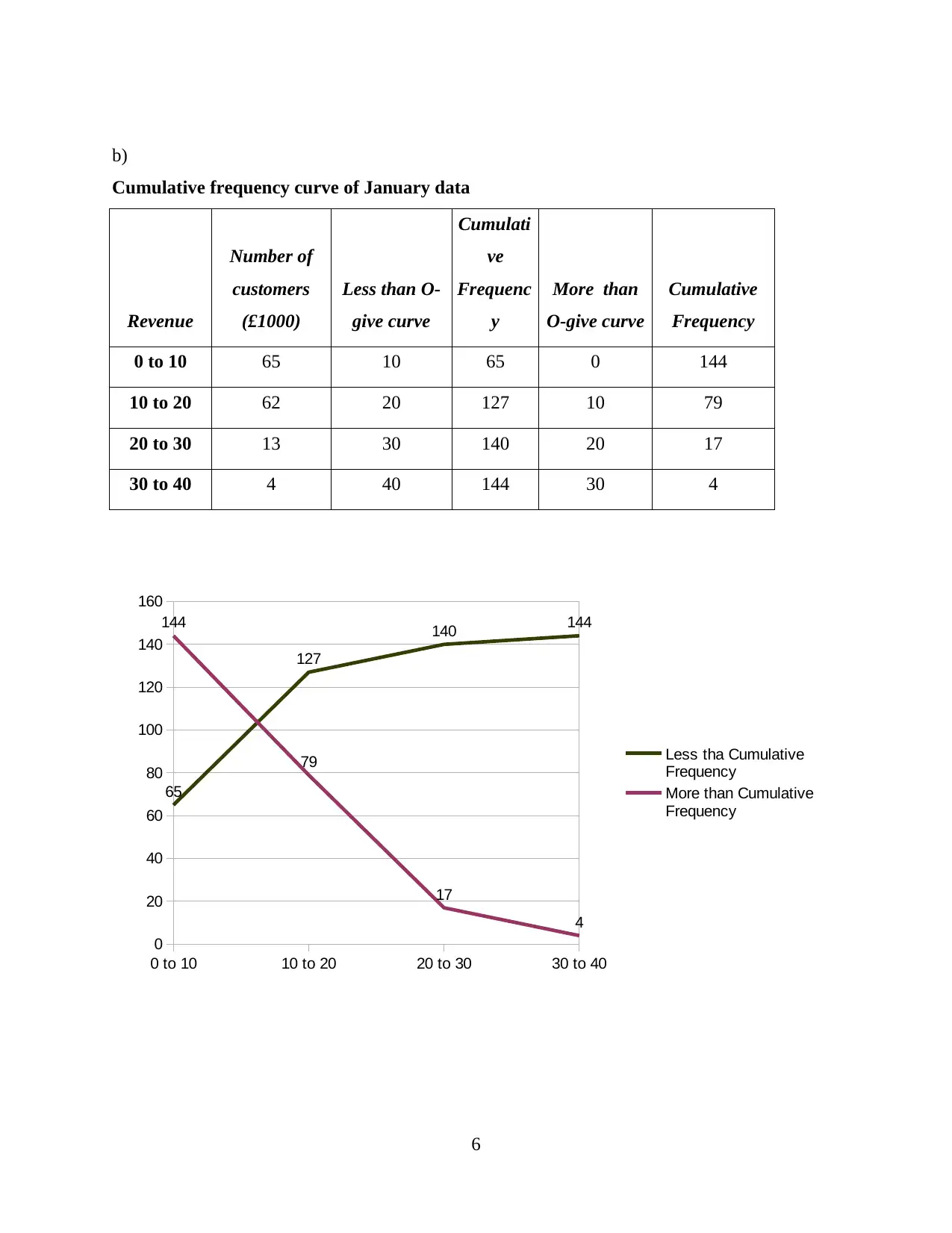
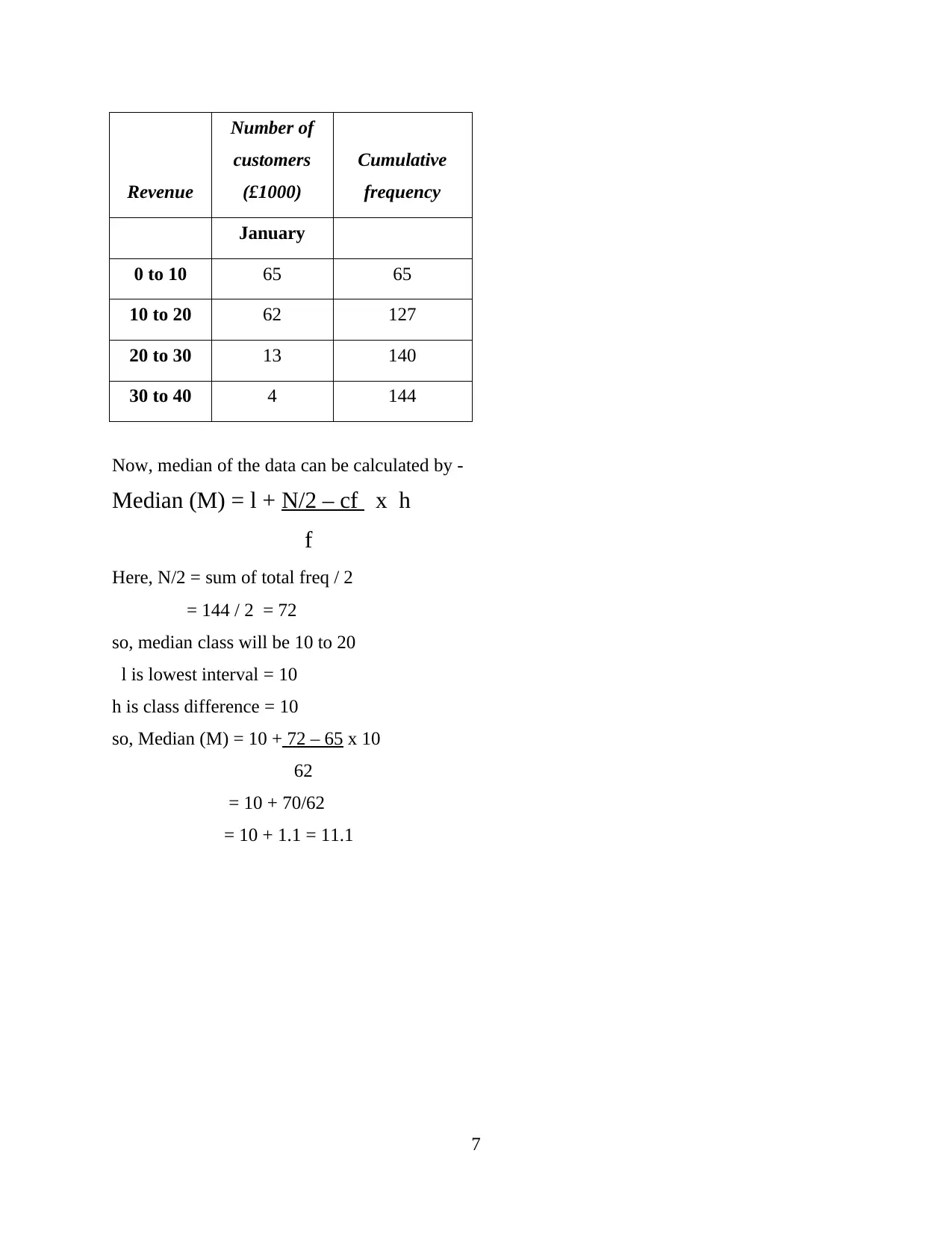
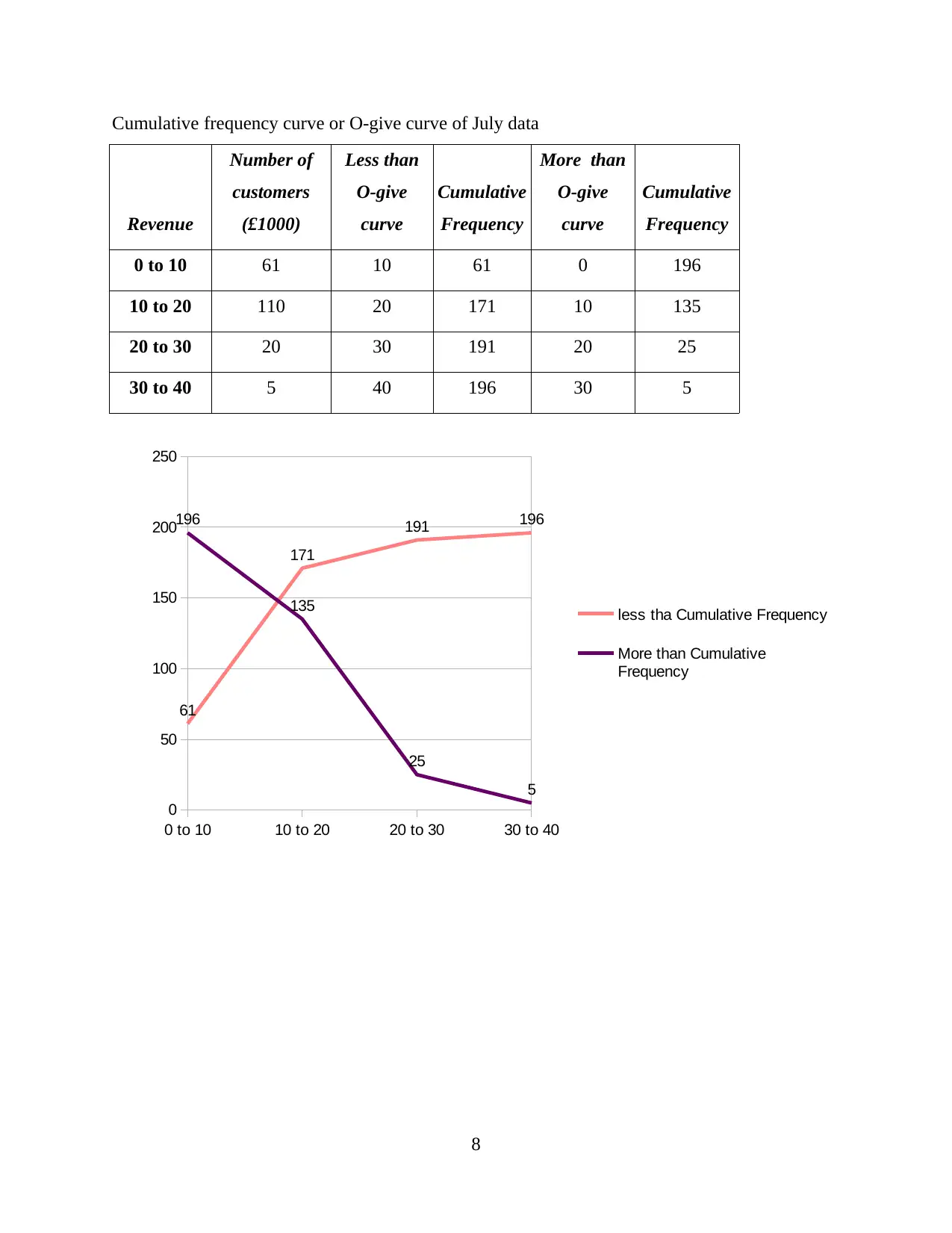
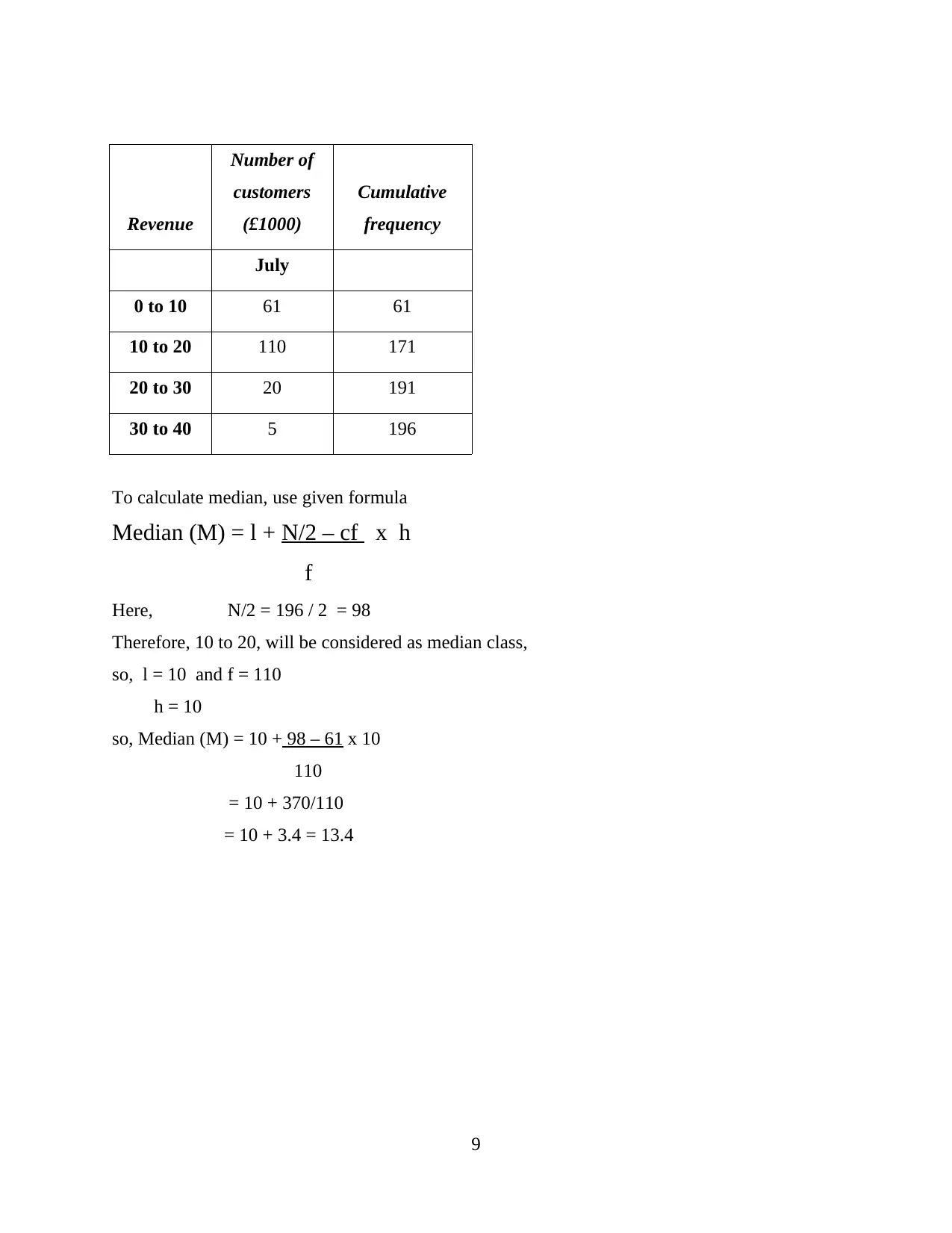
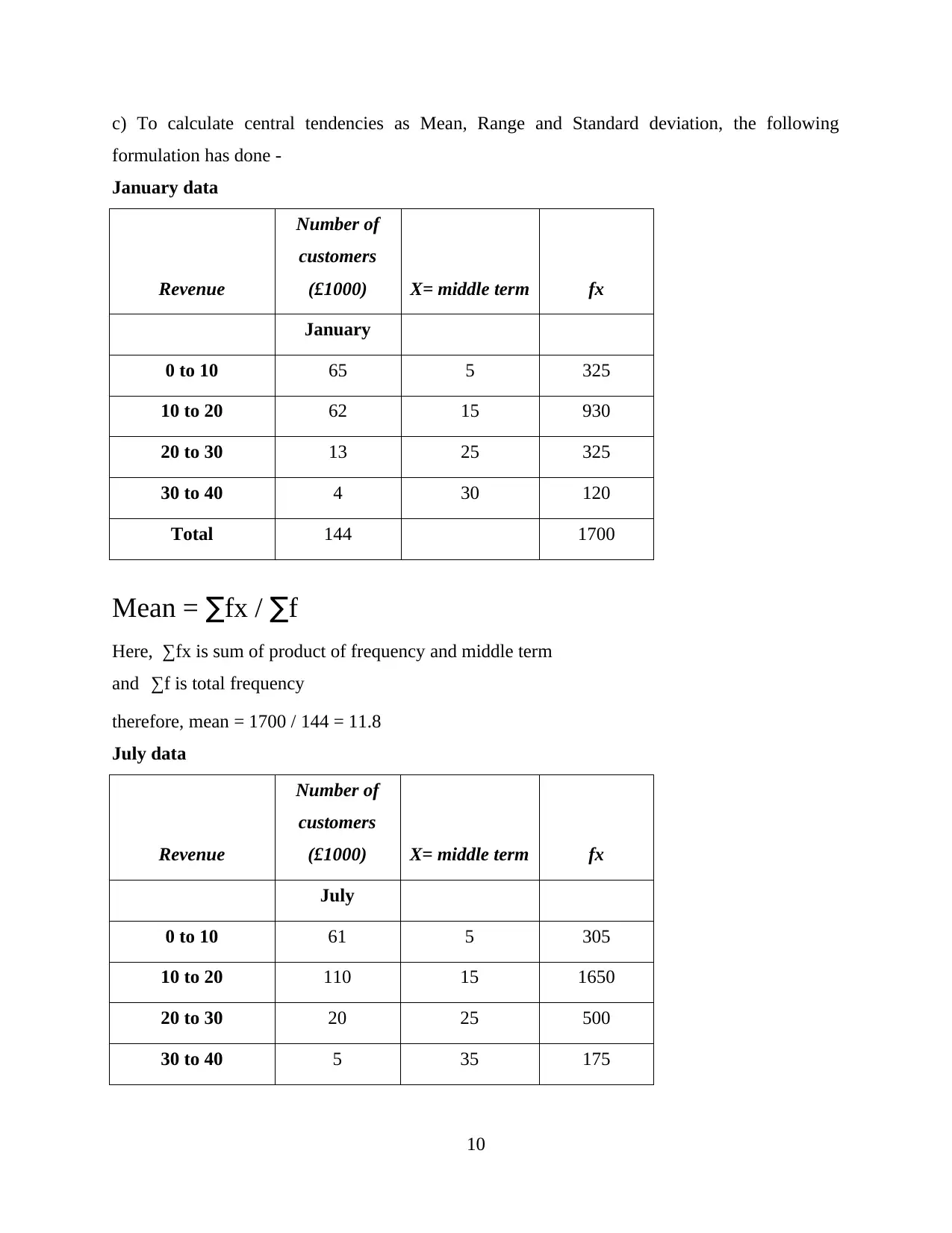






![[object Object]](/_next/static/media/star-bottom.7253800d.svg)